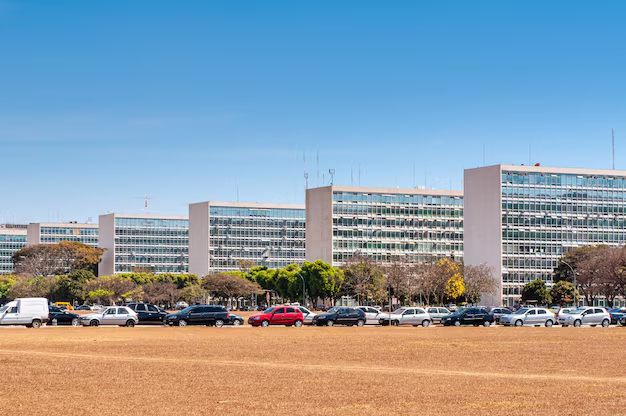Discover How Local Amenities Boost Neighborhood Appeal
Imagine strolling through a charming neighborhood where the chatter of local cafés mingles with laughter from a nearby playground, and small businesses thrive alongside scenic parks. It's no coincidence that such a vibrant environment is a hot spot for potential homeowners and renters alike. Local amenities play a pivotal role in shaping the appeal and value of a neighborhood, influencing everything from real estate prices to community satisfaction.
The Influence of Local Amenities
Local amenities refer to features and facilities that enhance the quality of life for residents. These include:
Parks and Recreational Spaces: Green spaces offer a place for relaxation and community gatherings. Access to parks often leads to higher property values and a healthier lifestyle for residents.
Schools and Educational Facilities: Proximity to quality schools is a top priority for families, directly impacting real estate demand and prices in an area.
Shopping and Dining Options: A mix of retail outlets and diverse dining scenes can transform a neighborhood into a desirable destination, attracting both locals and visitors.
Public Transportation: Efficient transit systems make commuting easier and improve access to opportunities, often making neighborhoods more attractive to a broader range of residents.
Healthcare Facilities: Proximity to hospitals and clinics provides peace of mind and is a crucial factor for both families and aging populations.
Financial Implications and Opportunities
Understanding the impact of local amenities extends beyond just physical appeal; it intertwines with financial considerations that can influence the decision-making process for both potential buyers and existing residents. The presence of robust local amenities often leads to higher property values and rental prices, which, while beneficial for property owners, can also present challenges for prospective homebuyers or renters. Fortunately, several tools and resources are available to help navigate these financial waters:
Government Financial Assistance
For those looking to move into an amenity-rich neighborhood, government aid programs can provide much-needed financial relief. These programs aim to make housing more affordable through options like:
- First-time Homebuyer Programs: Offering benefits such as lower down payments and reduced mortgage rates.
- Rental Assistance Vouchers: Helping bridge the gap for renters in high-demand areas.
Debt Relief and Credit Solutions
Residing in a desirable neighborhood may come with increased financial responsibilities. Managing debt effectively can relieve some pressure:
- Debt Consolidation: Combines multiple debts into a single, manageable payment, potentially at a lower interest rate.
- Credit Counseling: Provides expert advice to help individuals improve their credit scores and financial health.
Educational Grants and Scholarships
For families prioritizing education, many government and private organizations offer grants and scholarships. These can help ease financial burdens, making it feasible to settle in communities with top-tier educational opportunities.
Embracing the Appeal and Planning for the Future
When considering a move or investment, evaluating the presence and quality of local amenities is crucial. Not only do these amenities enhance day-to-day living, but they also play a significant role in long-term financial planning. By utilizing available financial tools and resources, individuals can make informed decisions, thereby embracing the full potential of their chosen community.
Remember, while the allure of a well-appointed neighborhood is undeniable, aligning this with your financial capabilities is key to cultivating not just a house, but a home.
Essential Financial Assistance Resources 🌟
- 🏠 First-time Homebuyer Programs
- 🚍 Rental Assistance Vouchers
- 💳 Debt Consolidation Services
- 📈 Credit Counseling and Repair
- 🎓 Educational Grants and Scholarships
